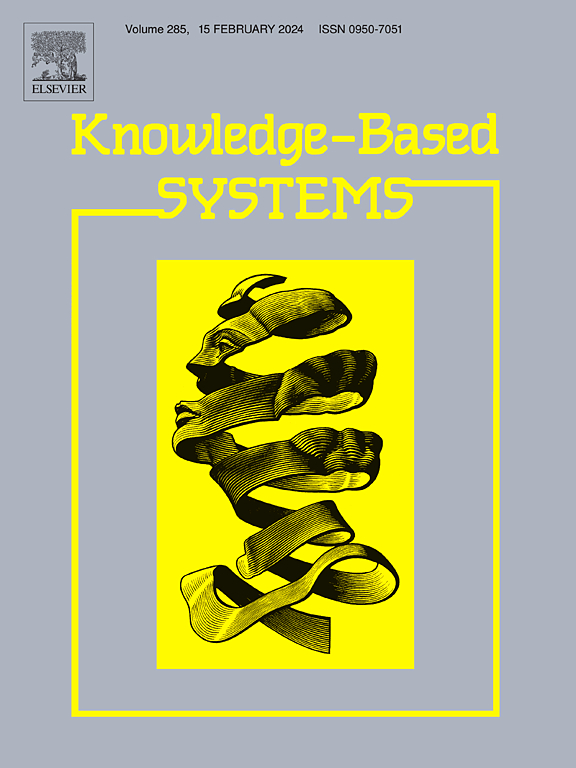CoreNet: Leveraging context-aware representations via MLP networks for CTR prediction
IF 7.2
1区 计算机科学
Q1 COMPUTER SCIENCE, ARTIFICIAL INTELLIGENCE
引用次数: 0
Abstract
Click-through rate (CTR) prediction is pivotal for industrial recommendation systems and has been driving intensive research. Recent studies emphasized the effectiveness of adaptive methods that use context-aware representations to enhance predictions by dynamically adjusting feature representations across instances and overcoming fixed embedding limitations. The typical architecture for learning context-aware representations involves a network block built on Multi-Head Self-Attention (MHA) or Multi-Layer Perceptron (MLP). Despite promising results, three main challenges arise from these methods. First, relying on a single network block limits the learning potential of the model by providing only one perspective on the interactions. Second, implementing the MHA mechanism requires multiple attention layers for its effectiveness, thereby increasing the complexity of the model. Third, using only a vanilla MLP makes it difficult to combine implicit and explicit feature interactions, which is crucial for successful CTR solutions. To address these issues, we propose a novel model called Context-Aware Net (CoreNet). CoreNet incorporates an advanced module, Context-Aware Module (CAM), which employs a combination of MLP and Hadamard products to generate comprehensive context-aware representations. The CAM component integrates a two-stream network with first-order and second-order aware streams, extracting insights from different perspectives to complement each other and enhance overall performance. Extensive experiments on four public datasets consistently demonstrate that CoreNet outperforms other state-of-the-art models. Notably, our CAM component is lightweight and model-agnostic, facilitating seamless integration into streaming CTR models to enhance performance in a plug-and-play manner1.
求助全文
约1分钟内获得全文
求助全文
来源期刊

Knowledge-Based Systems
工程技术-计算机:人工智能
CiteScore
14.80
自引率
12.50%
发文量
1245
审稿时长
7.8 months
期刊介绍:
Knowledge-Based Systems, an international and interdisciplinary journal in artificial intelligence, publishes original, innovative, and creative research results in the field. It focuses on knowledge-based and other artificial intelligence techniques-based systems. The journal aims to support human prediction and decision-making through data science and computation techniques, provide a balanced coverage of theory and practical study, and encourage the development and implementation of knowledge-based intelligence models, methods, systems, and software tools. Applications in business, government, education, engineering, and healthcare are emphasized.
 求助内容:
求助内容: 应助结果提醒方式:
应助结果提醒方式:


